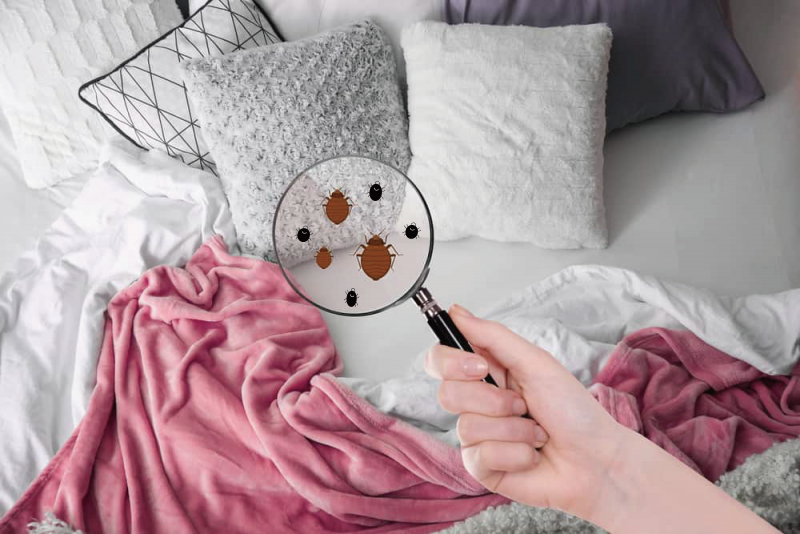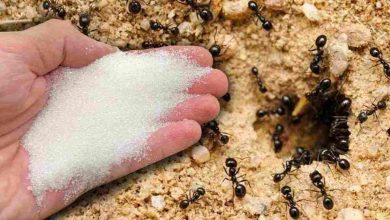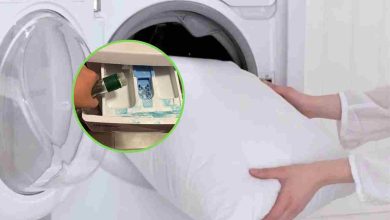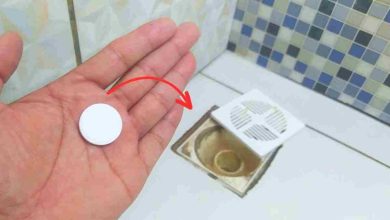How to Get Mite-Free Mattress: 5 Steps to Protecting Your Bed from Mites

Do you wake up feeling groggy, sneezing, or experiencing respiratory issues? The culprit might be dust mites, those tiny creatures that thrive in our mattresses. These microscopic pests feed on dead skin cells and can have a significant impact on the quality of your sleep and overall health. In this article, we’ll explore five essential steps to help you protect your bed from mites and enjoy a mite-free mattress.
Understanding Dust Mites and Their Impact on Your Sleep
What are dust mites?
Dust mites are tiny, eight-legged creatures that are invisible to the naked eye. They thrive in warm, humid environments and feed on dead skin cells shed by humans and pets. Mattresses provide an ideal breeding ground for dust mites, as they offer warmth and an abundant food source.
Health risks associated with dust mites
Dust mites are known allergens and can trigger various allergic reactions in sensitive individuals. Common symptoms include sneezing, coughing, watery eyes, itching, and even asthma attacks. If left unaddressed, these health issues can significantly impact your sleep quality and overall well-being.
Step 1: Regularly Clean and Vacuum Your Mattress
Keeping your mattress clean is crucial for eliminating dust mites and maintaining a healthy sleep environment.
Importance of regular cleaning
Regular cleaning helps remove dust, dead skin cells, and mite droppings that accumulate on your mattress over time. By incorporating mattress cleaning into your routine, you can significantly reduce the number of dust mites present in your bed.
Vacuuming techniques for mattress cleaning
When vacuuming your mattress, use a vacuum cleaner with a HEPA filter to ensure the captured allergens are not released back into the air. Vacuum both sides of the mattress, paying close attention to seams, crevices, and edges. Repeat this process at least once every few months for optimal results.
Step 2: Use Protective Mattress Covers
Protective mattress covers act as a barrier between you and the dust mites, preventing them from accessing your mattress.
Benefits of mattress covers
Mattress covers create a protective shield that inhibits dust mites from entering your mattress, reducing their population and minimizing exposure to allergens. These covers are usually made of tightly woven fabric or specialized materials designed to prevent dust mite penetration.
Choosing the right type of cover
Look for mattress covers labeled as “allergen-proof” or “dust mite-proof.” Ensure that the cover completely encases your mattress, offering a snug fit. Additionally, opt for covers that are breathable to allow proper air circulation.
Step 3: Wash Bedding Frequently
Regularly washing your bedding is essential to eliminate dust mites and keep your sleep environment clean.
Importance of clean bedding
Bedding accumulates dead skin cells and sweat, providing an ideal food source for dust mites. By washing your sheets, pillowcases, and blankets frequently, you can reduce dust mite populations and remove allergens.
Washing instructions for different materials
Follow the manufacturer’s instructions when washing your bedding. Use hot water (above 130°F or 54°C) to kill dust mites effectively. If possible, tumble dry on high heat or expose your bedding to direct sunlight, as mites cannot survive in extreme temperatures.
Step 4: Maintain Optimal Humidity Levels in Your Bedroom
Controlling humidity levels in your bedroom is a crucial step in minimizing dust mite populations.
Understanding the role of humidity
Dust mites thrive in environments with high humidity levels. By maintaining optimal humidity, typically between 30% and 50%, you can create an inhospitable environment for these pests.
Tips for controlling humidity
- Use a dehumidifier or air conditioner to regulate humidity levels.
- Ventilate your bedroom regularly to promote air circulation.
- Avoid drying clothes indoors, as it increases humidity.
- Fix any leaks or sources of moisture in your bedroom.
Step 5: Employ Natural Remedies and Treatments
In addition to regular cleaning and preventive measures, you can use natural remedies to repel dust mites and keep your mattress mite-free.
Natural methods to repel dust mites
- Sprinkle diatomaceous earth on your mattress to dehydrate and kill dust mites.
- Use baking soda to absorb moisture and neutralize odors.
- Wash your bedding with tea tree oil, which has natural antimicrobial properties.
Using essential oils and other remedies
Certain essential oils, such as eucalyptus, lavender, and peppermint, are known for their dust mite repellent properties. Dilute a few drops in water and spray them on your mattress and bedding. Additionally, consider using allergen-reducing sprays or powders specifically designed for mattresses.
Achieving a mite-free mattress is essential for ensuring a healthy and restful sleep environment. By following the five steps outlined in this article – regular cleaning and vacuuming, using protective mattress covers, washing bedding frequently, maintaining optimal humidity levels, and employing natural remedies – you can effectively protect your bed from mites and reduce the risk of allergic reactions.
Don’t let dust mites compromise your sleep quality and overall well-being. Take proactive measures to create a clean and mite-free sleep sanctuary today.
FAQs
Can dust mites cause allergies?
- Yes, dust mites are a common allergen and can cause various allergic reactions.
How often should I clean my mattress?
- It is recommended to clean your mattress every few months to reduce dust mite populations.
Can dust mites live on pillows?
- Yes, dust mites can thrive on pillows as they provide an ideal environment for their survival.
Are dust mites visible to the naked eye?
- No, dust mites are microscopic and cannot be seen without magnification.
Can dust mites be completely eliminated?
- While complete elimination is challenging, following preventive measures can significantly reduce their populations.




